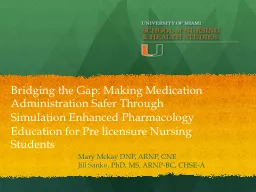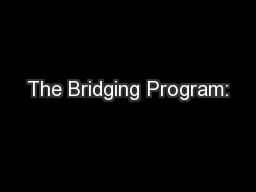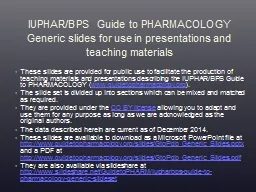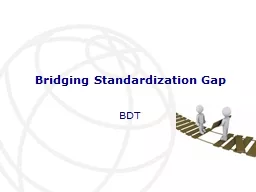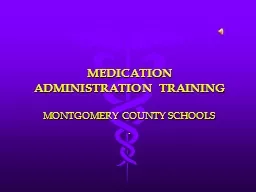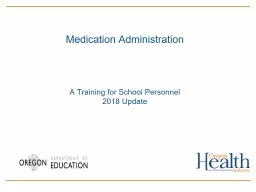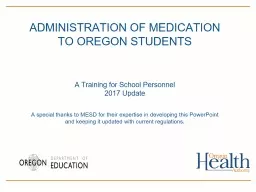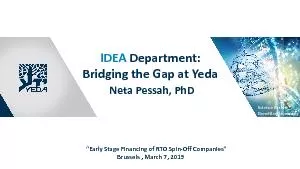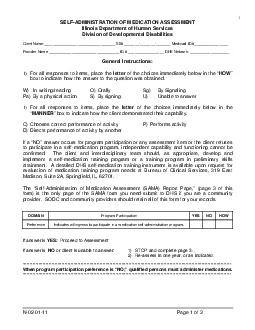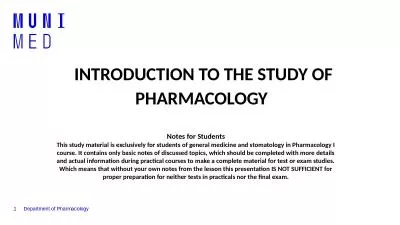PPT-Bridging the Gap: Making Medication Administration Safer Through Simulation Enhanced
Author : aaron | Published Date : 2018-03-16
Mary Mckay DNP ARNP CNE Jill Sanko PhD MS ARNPBC CHSEA Acknowledgement This research study was supported by a grant from the Florida Blue Foundation
Presentation Embed Code
Download Presentation
Download Presentation The PPT/PDF document "Bridging the Gap: Making Medication Adm..." is the property of its rightful owner. Permission is granted to download and print the materials on this website for personal, non-commercial use only, and to display it on your personal computer provided you do not modify the materials and that you retain all copyright notices contained in the materials. By downloading content from our website, you accept the terms of this agreement.
Bridging the Gap: Making Medication Administration Safer Through Simulation Enhanced: Transcript
Download Rules Of Document
"Bridging the Gap: Making Medication Administration Safer Through Simulation Enhanced"The content belongs to its owner. You may download and print it for personal use, without modification, and keep all copyright notices. By downloading, you agree to these terms.
Related Documents

